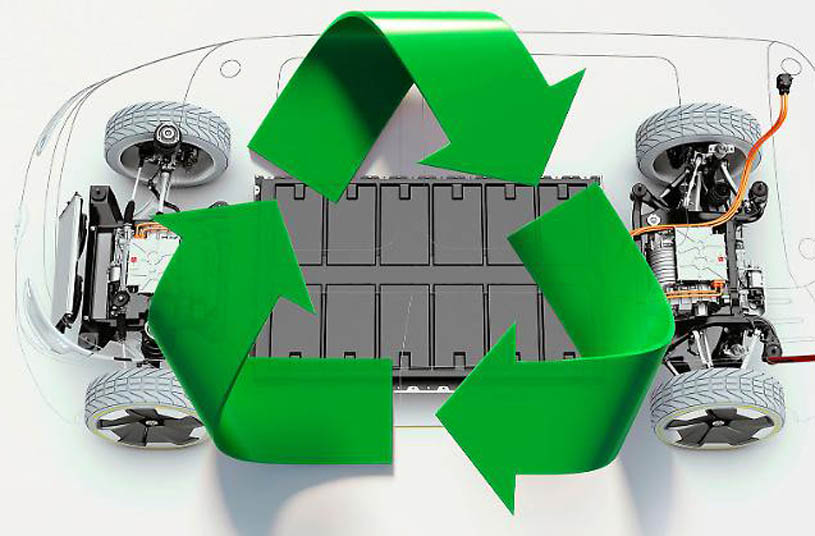Drive Aluminum Releases New Automotive Aluminum Roadmap

“From electric vehicles and connected cars, to autonomous technology and supplier sustainability, the automotive industry is experiencing tectonic shifts in design, propulsion, materials and manufacturability. To meet the moment, the aluminum industry is gearing up to bring to market the most advanced automotive alloys and product designs ever produced,” said Mike Keown, ATG chair and chief executive officer, Commonwealth Rolled Products. “This technology roadmap details where we are today, where we are headed, and specific pathways and priorities that will accelerate technical advances to support automakers as they envision cars and trucks far superior to anything on the road today to meet consumer demands in the next decade, and beyond.”
In an era of rapid electrification, the Aluminum Association brought together industry stakeholders in March 2021 to define and address current challenges, agree on goals, and identify technology pathways to achieve those goals within five key areas:
1. Design Engineering
Aluminum companies should partner with automakers in every step of the iterative vehicle design process by establishing open access resources for design data harmonization across the entire value chain, optimizing material joining processes for efficiency, and improving aluminum component manufacturability for strong and durable future vehicles.

2. New Alloys and Products
Newer standardized aluminum alloys should be pursued at higher strengths, improved formability/ductility, enhanced fracture toughness, and extrudability — all at a lower cost. As such, aluminum suppliers should implement expedited testing and qualification processes to help automakers meet constantly evolving consumer preferences and regulatory sustainability requirements.
3. Future Vehicles
Even more robust and cost-effective solutions need to be developed to meet all structural and safety requirements of parts, including battery enclosures. Integration of an aluminum battery box into structures, such as removing the floor pan and using the battery cover instead, could reduce the cost of automotive intelligent vehicles (AIVs).
.jpg)
4. Next-Generation Fabrication Technologies
Companies need to embrace Industry 4.0 manufacturing by developing smart aluminum processes with enhanced product capabilities for higher quality components. Through R&D endeavors in the next five to ten years, aluminum technical leaders will address simulation and data needs and accommodate more efficient and effective material joining and fabrication techniques.
5. Recycling & Sustainability
Work is needed to improve sorting and create more robust recycling infrastructure to enable effective end-of-life component recovery and reuse, while incorporating design elements that ensure parts can be disassembled and recycled efficiently to help establish the circular economy so vitally needed in transportation. Collaboration with automakers and end-users will be the key to success in this area.

“The Roadmap for Automotive Aluminum lays out the value-driven steps needed to make large-scale closed-loop aluminum recycling a reality,” said Charles Johnson, president and CEO of the Aluminum Association. “As aluminum use continues to grow, more efficient ways to separate, recover and reuse aluminum scrap in automotive components is of utmost importance, particularly in support of aggressive net zero goals put forth by automotive customers.”
The aluminum industry is eager to work with automakers on focused projects to transform manufacturing processes and deliver the vehicle solutions that will drive efficient transportation for years to come. The 2022 Roadmap for Automotive Aluminum is a unified blueprint that lays a foundation for the industry to grow and diversify within the automotive market and will serve as an actionable, living document, that will be revisited over the next decade.
*Source: https://www.lightmetalage.com/news/industry-news/automotive/drive-aluminum-releases-new-automotive-aluminum-roadmap/
*Image source: Internet


 Chia sẻ:
Chia sẻ: